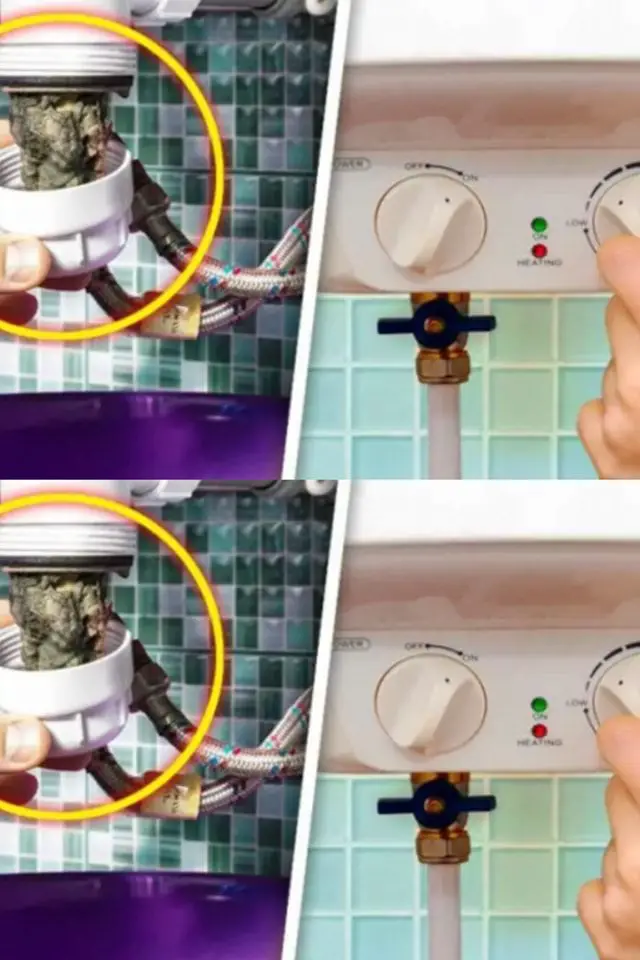Limescale might seem like a minor nuisance, but did you know it could be silently costing you money every month and shortening the lifespan of your home appliances? That stubborn white buildup inside your pipes, faucets, and hot water systems doesn’t just look bad—it reduces efficiency, increases energy consumption, and leads to expensive repairs if ignored.
The good news? You don’t need expensive chemicals or a plumber to fight back. This guide will walk you through how limescale forms, why it’s harmful, and easy, affordable ways to remove and prevent it.
What Exactly is Limescale?
Limescale is the chalky, white or gray residue that forms when water high in minerals—particularly calcium and magnesium—passes through your plumbing. This “hard water” leaves behind mineral deposits as it heats and evaporates.
Over time, these deposits accumulate:
- Inside hot water pipes
- Around faucets and showerheads
- In boilers and heating systems
- Inside appliances like dishwashers and washing machines
If left unchecked, limescale can severely clog pipes, reduce water flow, damage heating elements, and even lead to pipe ruptures.
How Limescale Affects Your Home (and Your Wallet)
It’s easy to underestimate how damaging limescale buildup can be. Here are just a few ways it affects your home:
- Reduced Appliance Efficiency
Limescale forms a barrier around heating elements, forcing your boiler or water heater to work harder to heat water. This increases your energy usage—raising utility bills by up to 25%. - Shorter Appliance Lifespan
Dishwashers, kettles, and washing machines struggle to operate properly when clogged with scale. Repairing or replacing them prematurely becomes inevitable. - Clogged and Weak Pipes
Limescale narrows pipe openings over time, reducing water pressure and leading to blockages. In severe cases, pipes may burst. - Fluctuating Water Temperature
Limescale buildup interferes with heating consistency, causing annoying temperature shifts when you least expect them—especially in hot water systems.
How to Remove Limescale Naturally and Effectively
Thankfully, there are simple household solutions that can effectively tackle limescale buildup without relying on expensive commercial descalers or professional help.
1. Vinegar: The Classic Limescale Fighter
White vinegar is mildly acidic, making it perfect for dissolving calcium deposits.
For Pipes & Faucets:
- Fill a plastic bag with white vinegar.
- Secure it around the faucet or showerhead using a rubber band.
- Leave it overnight and scrub away loosened scale the next day.
For Appliances:
- Run an empty cycle in your dishwasher or washing machine with 2 cups of vinegar to descale internal parts.
2. Baking Soda & Vinegar Combo
This powerful duo not only cleans but also neutralizes odors.
For Drains:
- Pour half a cup of baking soda down the drain.
- Follow with one cup of white vinegar.
- Allow it to fizz for 10-15 minutes, then flush with boiling water.
3. Lemon Juice: A Fresh Alternative
Lemon juice works similarly to vinegar but leaves behind a pleasant citrus scent.
- Mix lemon juice with water and spray it onto faucets, tiles, and sinks.
- Let it sit for 15-30 minutes before scrubbing off the loosened limescale.
4. Boiler & Hot Water System Descaling
Removing limescale from boilers and hot water systems requires a more thorough approach:
Option 1: Manual Cleaning
- Turn off the system and allow it to cool.
- Drain the boiler completely.
- Use a vinegar-water solution to flush out any residue, then rinse with clean water.
Option 2: Descaling Solutions
- Use a specialized boiler descaler following the manufacturer’s instructions.
- Regular descaling (once or twice a year) prevents heavy buildup.
Preventing Limescale Buildup Long-Term
Once you’ve removed existing limescale, it’s essential to prevent it from returning. Here’s how:
- Install a Water Softener Water softeners replace calcium and magnesium ions with sodium, effectively reducing hardness and preventing limescale buildup at the source.
- Use a Magnetic Scale Reducer These devices attach to your pipes and use magnetic fields to alter mineral properties, making them less likely to stick to surfaces.
- Regular Maintenance Run vinegar cycles in dishwashers and washing machines monthly. Clean showerheads and faucets at least once a month.
- Wipe Surfaces Dry Hard water spots form as water evaporates. Prevent deposits by wiping sinks, faucets, and tiles dry after use.
Final Thoughts: Small Effort, Big Savings
Limescale might be invisible at first, but its impact on your pipes, appliances, and energy bills is undeniable. By adopting a few simple cleaning routines and preventive measures, you can safeguard your home and avoid costly repairs in the future.
Why let limescale win when you can tackle it today with ingredients already in your kitchen?

